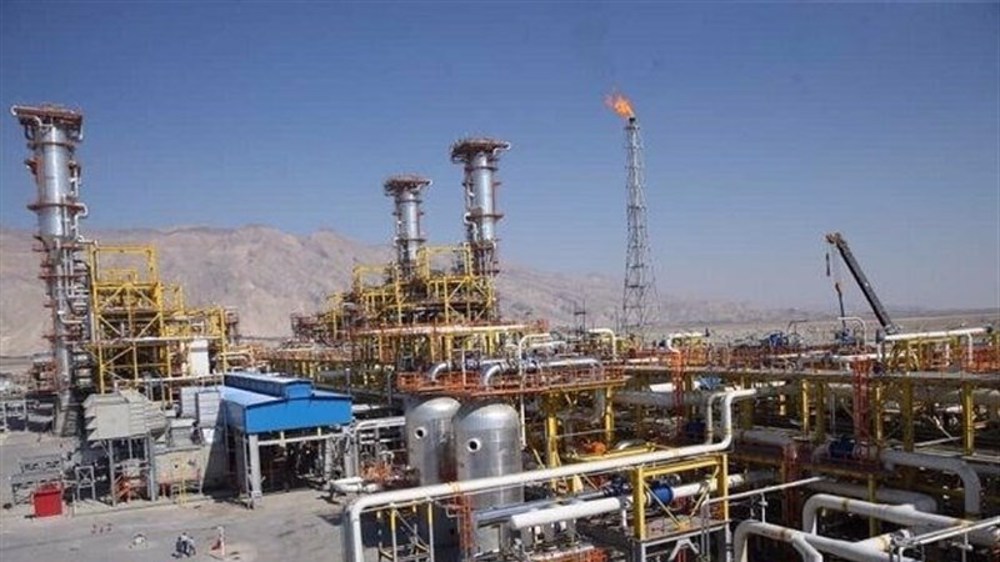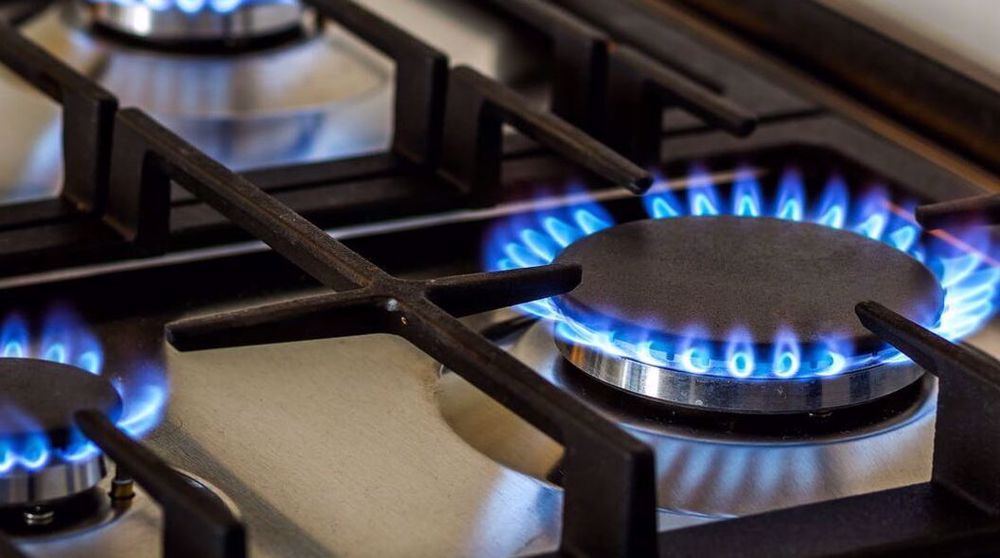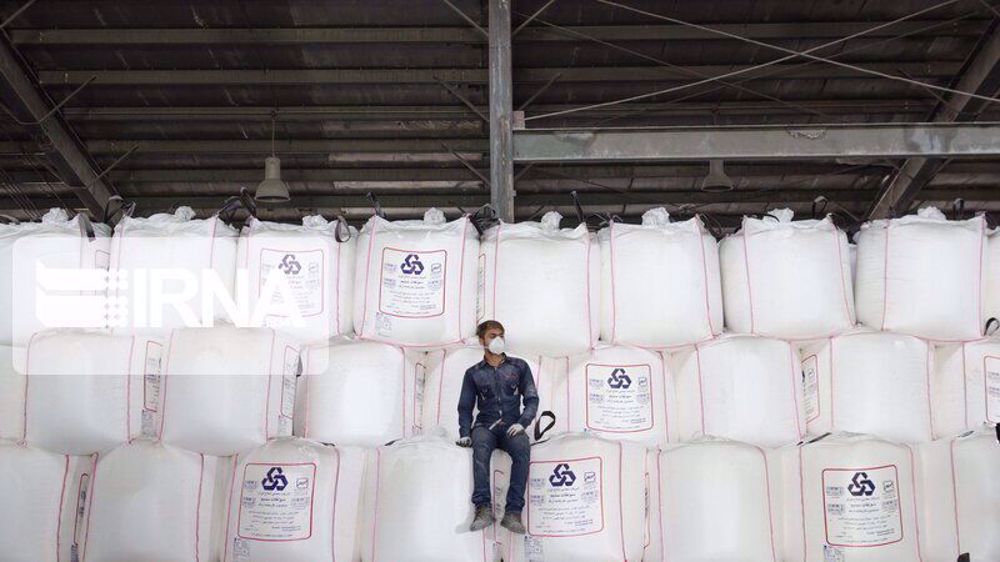Siemens gets Iran’s major compressor order
Iran’s Hampa Engineering Corporation says it has put a major order with Siemens for 12 compressor trains for two onshore natural gas processing plants.
The order volume is in the “high double-digit million euro range,” with commercial operation expected by the end of 2018, the Iranian company said.
Siemens Iran CEO Mohsen Nayebzadeh called it the first huge oil and gas order since the easing of sanctions on Iran in January 2016.
Under the contract, the German engineering group will supply compressor trains each comprising a Siemens STC-SV vertical split compressor that will be used in two natural gas processing plants in Iran.
Of the 12 trains, ten will be used for the Mohr C2+ hydrocarbon recovery plant, located in Fars Province in south-central Iran. The plant is designed to process natural gas into C2+ hydrocarbons.
The order also calls for the supply of two other compressor trains for a hydrocarbon recovery plant in Asaluyeh where Iran’s biggest gas projects are located. The plant will produce important feedstock for the petrochemical industry, including ethane, propane, and butane.
“With Siemens, we are assured of proven technology for our project,” Managing Director of Hampa Engineering Corp. Hamid Elyas said.
“Siemens is a partner that has all the capabilities necessary to execute such a huge scope of supply, such as the 12 compressor trains for the C2 recovery and fractionation project,” he added.
Four of the STC-SV compressors for the Mohr plant will be driven by SGT-700 gas turbines and four more by SGT-100 gas turbines. Two others will be driven by an electric motor, according to Siemens. Another two compressor trains in Asaluyeh will each be driven by a SST-600 steam turbine.

Part of the hydrocarbons produced in Mohr will serve the domestic Iranian gas market, while the long-chained hydrocarbons will be transported in a pipeline to the Iranian coast 60 km away. The hydrocarbons will be further fractionated at the Asaluyeh plant in Bushehr Province.
“Our best-in-class technology and our reliable expertise in the Iranian oil and gas business will help the Iranian people develop a sustainable, affordable, and modern electrification system,” Nayebzadeh said.
The German company’s activities in Iran go back as far as 1868 and involve important infrastructure projects.
Siemens was one of the first major companies to agree on a deal with Iran after the lifting of sanctions, signing a $1.6 billion MoU on Iran’s rail infrastructure and a long-term roadmap with MAPNA on the power sector.
The group shipped the first F-class gas turbine to Iran for the construction of a 600-megawatt power station in Bandar Abbas on the Persian Gulf last September.
It was one of the two gas turbines which Siemens would supply to MAPNA, an Iranian energy and infrastructure conglomerate, along with two generators and the associated power plant instrumentation and controls.
After the lifting of sanctions on Iran, Siemens signed a far-reaching agreement with MAPNA to collaborate on the transfer of know-how for the F-class gas turbine technology to modernize the Iranian power supply system.
'Gaza has won': Social media users react to ceasefire with mix of relief, joy
Iran seeks South Korea’s assistance for AI, fiber-optic projects
VIDEO | Iran's 'Eqtedar' (Power) maneuver
Israel hits HTS military target in Syria for 1st time since fall of Assad
VIDEO | Press TV's news headlines
Israel has slaughtered 13,000 students in Gaza, West Bank
VIDEO | More Zionist than Zionists: Biden’s legacy to be defined by Gaza genocide
Hamas confirms handing approval of Gaza ceasefire deal to mediators










 This makes it easy to access the Press TV website
This makes it easy to access the Press TV website